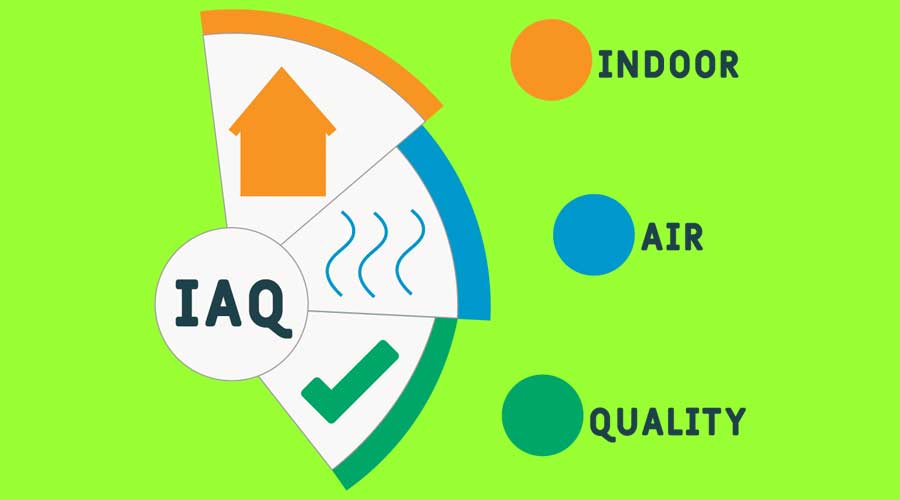
With the official lifting of the COVID-19-induced public health emergency (PHE) last month, guidelines are being made for important public health topics by the Centers for Diseases Control and Prevention (CDC). Among the most notable is the creation of ventilation guidance, directed at reducing the spread of the SARS-CoV-2 virus in facilities. As reported by The Lancet Respiratory Magazine, among the key revisions facility managers should take note of is the recommendation to replace indoor air a minimum of five times per hour.
Joseph G Allen, director of the Healthy Buildings Program, noted that these ventilation guidelines are the first by the CDC that focus on respiratory pathogens and can be applied to offices, schools, airports and more. The crafting of the guidance hopes to become a building block for creating official, government-enforced policies for indoor air quality regulation, Allen adds. As it stands for now, the guidelines are only voluntary, and any investment into upgraded HVAC or other indoor air quality (IAQ)-based equipment will have to be made solely by end users.
A common hurdle to improving IAQ at facilities has been the belief that improving ventilation in facilities would lead to a building's energy efficiency being reduced overall. Allen contends that this isn't true, however, as investments into improving ventilation can actually be a cost-neutral process and even provide ROI for facilities through improvements to energy savings and achieving longer-term climate goals in buildings. These newly crafted guidelines aim to highlight other long-term benefits, such as improved cognitive function and the reduced spread of significantly hampering outbreaks such as influenza.
Read more on the CDC's ventilation guidelines here. For related news check out these tips on maintaining high IAQ in facilities.

 Celebrating BSCAI's 60th Anniversary eBook
Celebrating BSCAI's 60th Anniversary eBook The Down and Dirty on Cleaning in Virus Season
The Down and Dirty on Cleaning in Virus Season How Surfactant Use is Expanding in Commercial Cleaning
How Surfactant Use is Expanding in Commercial Cleaning